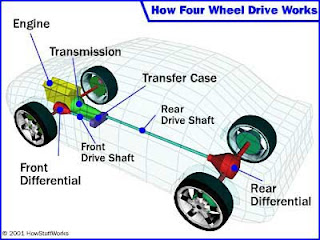Automatic Tool Changer
Automatic Tool Changer An automatic tool changer often referred to as an ATC, is used to improve both the production and the tool carrying capacity of a computerised numerical control or CNC machine tool. It does this by allowing the machine to work with various different tools. As such it is part of the process to achieve full automation. General Description View fullsize A simple CNC machine will be made to work with a single tool. More complex machines are capable of working with larger numbers of tools. However, for a machine to use more tools an ATC must be provided. The array of tools are stored within a magazine which allows the machine to access a wider variety of them without the need for an operator. An automatic tool changer is generally comprised of a base, arms with a gripper, a tool holder and a support arm as well as the tool magazines. An ATC is capable of increasing the speed and accuracy as well as the reliability of a CNC machine but it does have certain requirement
